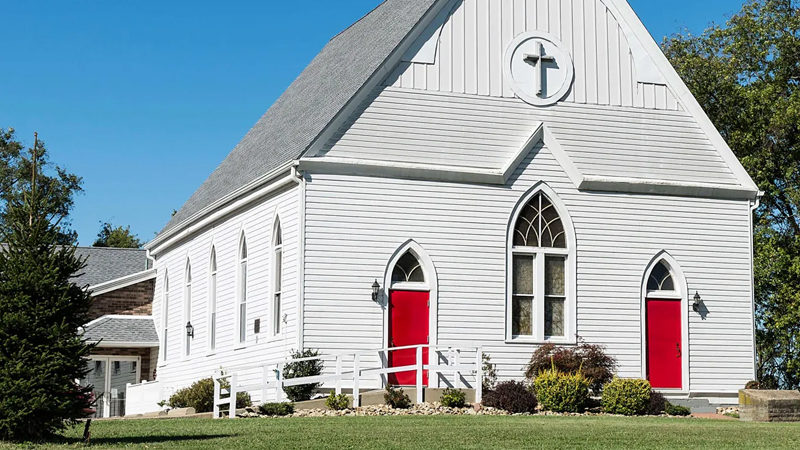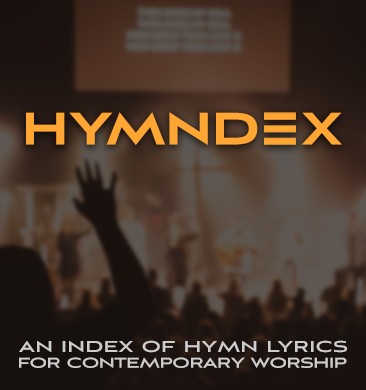Over the past ten years,nondenominational Protestant churches have had quite a surge in growth here in the United States. According to the 2020 US Religion Census, there were 4,000 more nondenominational churches and 6.5 million more people attending these churches compared to statistics from 2010.
On the flip side, mainline Protestant Christianity has been on the decline for five decades now. In the mid-1970s, almost a third of Americans were affiliated with denominations like the United Methodist Church, the United Church of Christ and the Episcopal Church. But today only one in ten Americans are part of mainline traditions.
So what’s behind this growth of nondenominational churches? It looks like it could be linked to how mainline traditions have had trouble holding onto their members who were raised in those churches. In the 1970s, around 75% of those raised in mainline churches still identified with them as adults. But this number had declined to just over half (55%) by the 2010s.
Of the 45% of mainline believers who leave, some end up in evangelical churches, but there is not much evidence to suggest that the rise of nondenominational churches is being directly fueled by the decline of the mainline. In fact, people in nondenominational churches are becoming less likely to have mainline backgrounds as the number of mainline believers declines.
Another reason for the growth of nondenominational churches is that more people raised in the Catholic faith are identifying as nondenominational as adults. In the 1970s, only 6% of nondenominationals were converted Catholics. Today, that number has almost tripled to 17%.
The growth of nondenominational churches is not just about people switching from one religion to another. It is also driven by parents raising their children in a particular faith tradition. Given that most people do not leave the religion they were raised with, having lots of young people in a religious tradition is an important indicator of future growth. This is why nondenominational churches continue to rise while other traditions are struggling.
In the 1980s, only 2% of people were raised in a nondenominational church, compared to 7% who were raised Southern Baptist and 5% who were raised in the United Methodist Church. However, those percentages have shifted significantly over the last 40 years. Now, a young person is just as likely to be raised in a nondenominational church as a Southern Baptist one, but only 4% of people are being raised United Methodist.
So, while in the past nondenominational churches grew significantly due to individuals leaving mainline traditions, now they are increasing by taking in people who were raised Catholic. Furthermore, nondenominational churches are retaining young people, which is just as important as bringing in new adult members in ensuring their continued growth.







